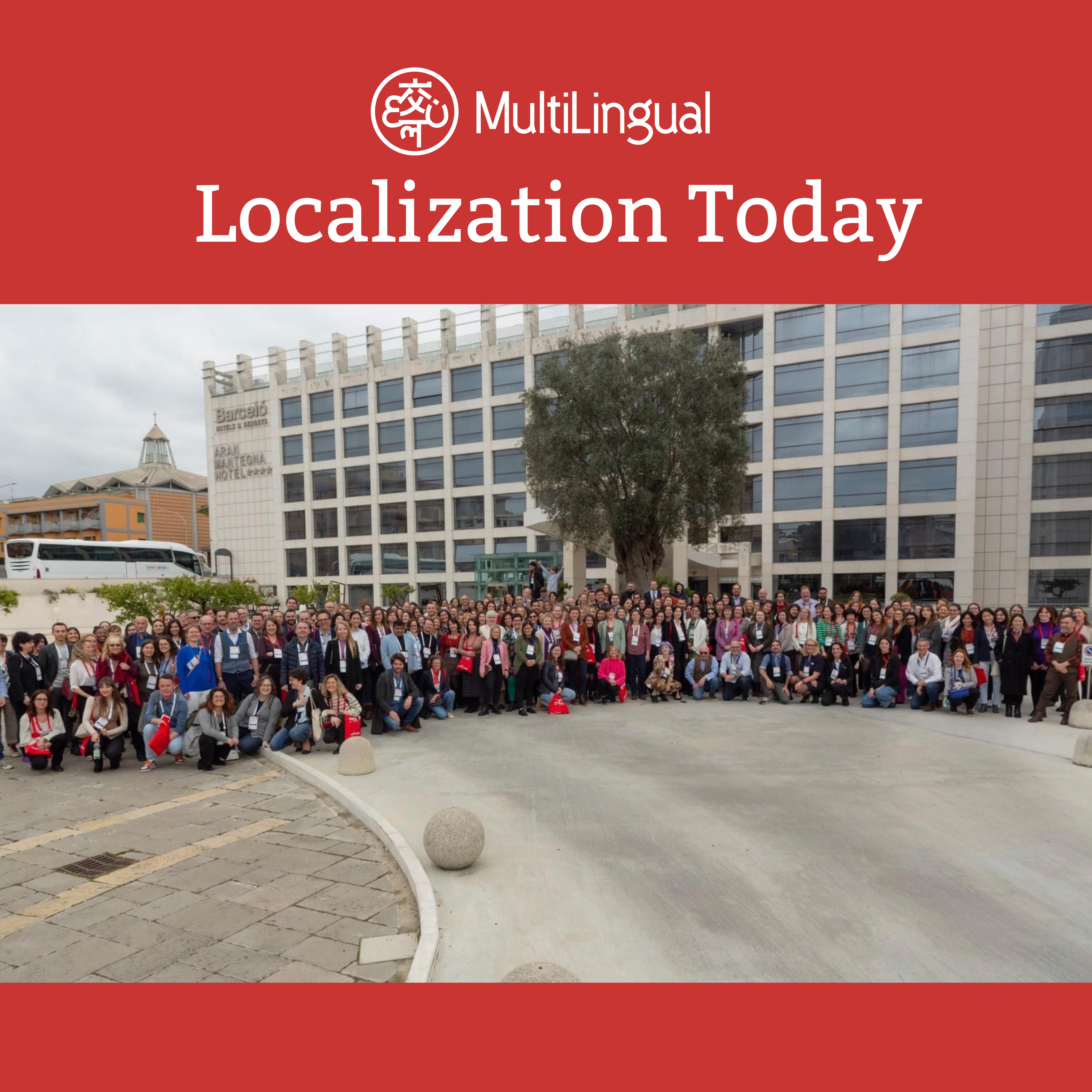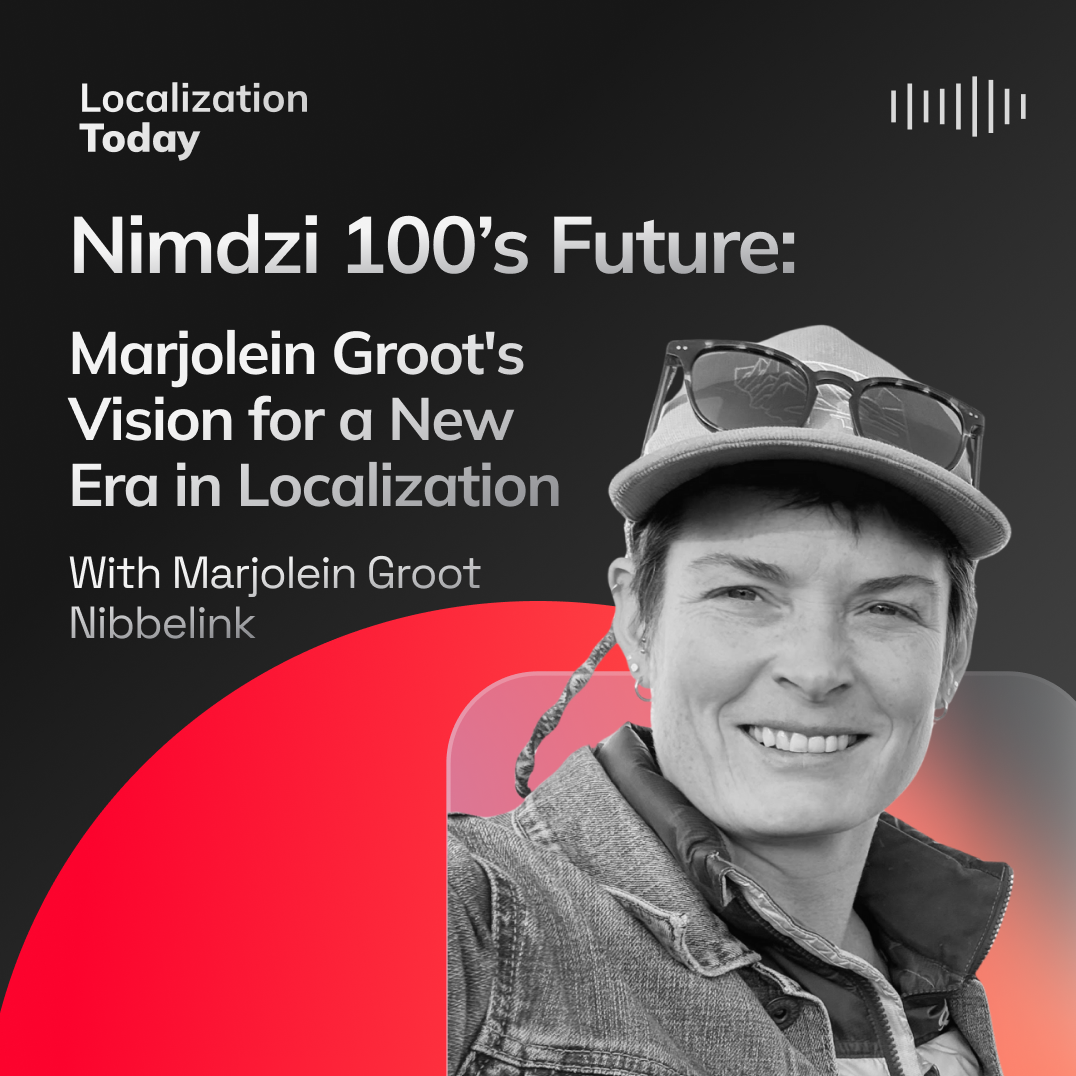Episode Transcript
[00:00:00] Buying the Glacier of Interpretation By Evan der Magellan I am writing this on November 20th, a date that marks a pivotal moment in the history of human communication. 79 years ago, as the world watched with bated breath, 21 Nazi officials stood trial in Nuremberg, Germany, in what would become the first international war crimes tribunal. Beyond its historic significance in justice and international law, the occasion marked the birth of a technology that would forever change how we bridge language barriers. Simultaneous interpretation. Before Nuremberg, interpreters had worked like verbal tightrope walkers, either whispering translations to individual listeners or working consecutively, that is, waiting for speakers to pause before translating their words. It was a profession as old as human civilization itself, but one that had remained largely unchanged since the days of ancient empires. Then came Nuremberg, with its groundbreaking system allowing interpreters to translate in real time across four languages. It was the first major technological leap in multilingual communication.
[00:01:12] What followed, however, was worthy of a tortoise rather than a hare. For the next 75 years, while the world witnessed the birth of the Internet, smartphones, and artificial intelligence, AI simultaneous interpretation remained remarkably static. Yes, microphones became more sophisticated and headsets shed their wires, but the fundamental approach remained frozen in 1945 until 2020 crashed into our lives like a meteorite. The COVID 19 pandemic forced a quantum leap. Suddenly, interpreters could work from their home offices, delivering their services across continents through nothing more than a laptop and an Internet connection. Remote simultaneous interpretation was the profession's first major technological revolution since Nuremberg, and like all revolutions, it faced its share of resistance. That reluctance to change isn't unique to interpreters, though. Consider the initial skepticism toward digital photography or the resistance of taxi drivers to ride sharing apps. History shows us that technological disruption often faces initial pushback from established practitioners. Yet those who adapted early, like photographers who mastered digital editing or drivers who embraced new platforms, often emerged stronger and more versatile. Then again, the pace of technology is often said to be exponential, and things have started moving a lot faster. We now stand at another crossroads with the emergence of AI based machine interpreting. Pioneering companies such as Kudo, which I am proud to have co founded, are pushing the boundaries of what's possible in AI powered interpreting solutions.
[00:02:58] Yet again we see the familiar pattern of resistance from traditional interpreters. It's a dance we've seen before the walls between progress and preservation. On the buying side, the traditionally slow pace of change, combined with high entry barriers and a somewhat unionized workforce, has made many language service providers wary of scaling their interpretation services. The most dominant players in the language industry have kept interpretation at arm's length. Interpreting in general and conference interpreting in particular accounts for a tiny fraction of their otherwise robust revenue. The margins on what little they rake in are nothing to write shareholders about. Interpreting thus becomes a hidden line in their balance sheets, a necessary yet troublesome offering they come to associate with high maintenance prima donnas requiring careful handling. That perception is outdated, though. Streamlining, SC scaling and optimizing interpretation services is now possible. In fact, it has never been easier. Award winning marketplace platforms have emerged offering efficient ways to connect clients with qualified interpreters. They match sellers and buyers faster than tinder will find you your better half, they drastically reduce one's overhead, they require no expertise in the intricate math of scheduling, and they will happily sort and distribute the professionals you once saw as divas. The tools for transformation are here, or what's needed now is the vision to embrace them and the willingness to buy, merge or partner. Consider the music industry's evolution from resisting digital streaming to embracing it as their primary revenue source, or how traditional banks initially fought but eventually adopted mobile banking. The lesson is clear. Resistance to change often masks opportunities for growth and innovation. The longer you wait, the more it costs you. New and ingenious solutions in the interpretation space are sprouting like wildflowers at the first drop of rain. Challenging the status quo is what drives them. They will anticipate and adapt to change faster than most companies could revamp their websites. They will create hybrid solutions that keep humans in the loop while making them more effective. They will explore the new frontier of AI multilingual communications in search of repetitive, predictable, boring interactions that can safely be entrusted to technology.
[00:05:29] In so doing, they will provide margins way beyond what could be expected with typical incremental business improvements to LSPs hovering at the edges of innovation. Your hesitation is costing you. The infrastructure exists, both human and digital, to transform interpretation from a boutique service into a powerful scalable offering. The path forward may look unfamiliar, but that unfamiliarity is precisely the point. The story of simultaneous interpretation reads like a series of calculated gambles. From the makeshift booths at Nuremberg to today's cloud based platforms, each evolution began with someone asking, what if? Rather than genuflecting at the altar of tradition, these pioneers recognize that meaningful change demands more than incremental tweaks. The wizards of interpretation are here. Their navigation system has brought them to your door. They are knocking. Will you open?
[00:06:29] This article was written by Evander Magellan. He is a conference interpreter, former chief interpreter in the United nations, system interpreter, trainer, and language technology advocate. He is a TEDX speaker and the author of three books, including the Language Game, originally published in Multilingual Magazine, Issue 234, October 2024.


